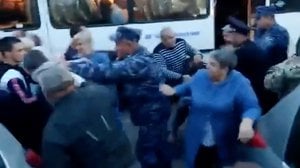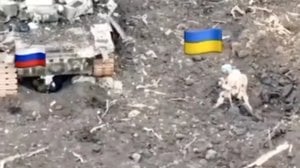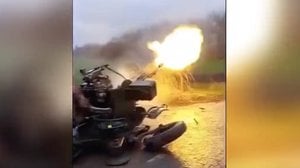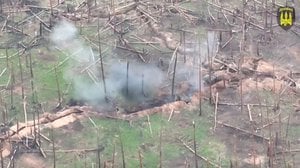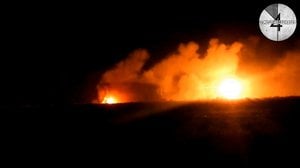
Hunter-Killer Team Scores Direct Hit on Russian Armor with NLAW
Published 2 years ago
Members of a small hunter-killer team utilize a British NLAW to destroy a piece of Russian Armor, scoring a direct hit and then retreating to a position of safety.
This video is more evidence that the Russians are tactically struggling as much as they're logistically struggling in Ukraine. Given time, the Russian forces will be able to win a war of attrition against Ukraine, but their Commander's inability to adapt to modern warfare against a near peer opponent is proving to be a second Achilles Heel for Russian ground forces.
Armor is a quality asset to have, and it's one that the Russians are not lacking in at all during this conflict. That said, modern infantry weapon systems and capabilities like anti-tank guided missiles, fire and forget anti-tank rockets, and small commercial drones all give the Infantry and unexpected edge against armor that the Russians have not foreseen during their combat time in Syria.
Tanks have an extremely narrow field-of-view, as a result they are notoriously easy to sneak up on. Add on to this the fact that columns of armor can be spotted from several kilometers away by easily accessed commercial drones, and you have a recipe for disaster when it comes to unsupported tanks. In order for tanks to survive on the modern battlefield, they must be supported by infantry troops with extreme mobility. The United States initially thought of a way to do this in Iraq, where we saw Reconnaissance units and Combined Anti-Armor Teams screening for their tanks.
Tanks are no longer as effective as they were in World War II. They must be supported or they become an easy target for Hunter-Killer teams who have a large arsenal of weapon systems that can remove them as a threat.



